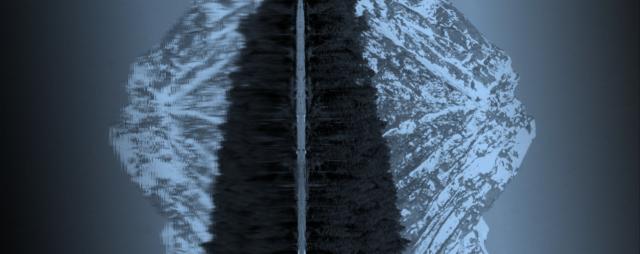
One attention-grabbing way to introduce a new part in a song is a reverse reverb effect. It starts out mysterious, disconcerting and dull, and becomes defined and specific—the opposite of what reverb does. It’s satisfying to listen to like a good film with several confusing, unrelated stories that come together and make sense in the end. First I'll show several examples of this effect and then tips on how to make it happen in your own songs.
You can hear this effect clearly in Matisyahu’s One Day, starting at 0:27. The effect is the airy “annnnn” sound that ends when he says, “And I pray, don’t take me soon.”
Another example of this effect is in Phil Collins’ In The Air Tonight. The sound starts at 2:35 and ends when he says “When I remember.” It sounds like his voice was layered with a vocoder, and it’s the vocoder that provides the source material for this reverse reverb effect.
Step 1 Set Up
To begin, select an instrument or vocal you want to draw attention to. It usually works better if this instrument is playing on the first beat of a bar. Then, select a word or note from the phrase.
Step 2 Select a word
In this example, the first word, “let’s” would work great, as would the first syllable of the part that says “building the tools.” I’ll cut out the word “let’s”, and save it. I want my rising sound to emphasize the “let” part of “let’s”, rather than the “ssss” part of it, so I’ll shorten the word.

Step 3 Reverse Audio Add Reverb
I'll reverse the audio of “let," because we’ll be reversing the reverb tail we get later. This way, when we reverse the reverb tail we’re about to make, the sound will finish with a forward word.
Most reverb plugins will do the trick, just select a large preset. Adjusting the low-pass filter will be important depending on your preference. I want my sound to be clear, which means I prefer an open, high, almost-disabled low-pass filter. But, since my sound has the letter T in it, if I leave it too open the consonant will turn into a reverse cymbal or white noise sound that will mask the vowels in the blurry reverb sound. You’ll want a sound that is completely wet or nearly wet. I like to leave a little bit of the dry sound to help me line up the effect later.

Step 4 Render and Reverse
Here’s what it sounds like if we render and reverse the audio. You’ll hear a reverse reverb tail increasing in volume and clarity, and the forward word, “let”.
Step 5 Line up Audio
The next step is to line up the audio with the original part. There are many options here. Do you want the reverb riser to last a long time or to be a short flourish? Do you want the sound to end the moment the original part starts? Or do you want some overlap? In this example, I went with a long rise and some overlap.

Author Bio: Sean Duncan is an electronic dance music producer and freelance writer from Seattle, WA.
Banner Image Source: http://www.fotopedia.com/items/flickr-3674341288
